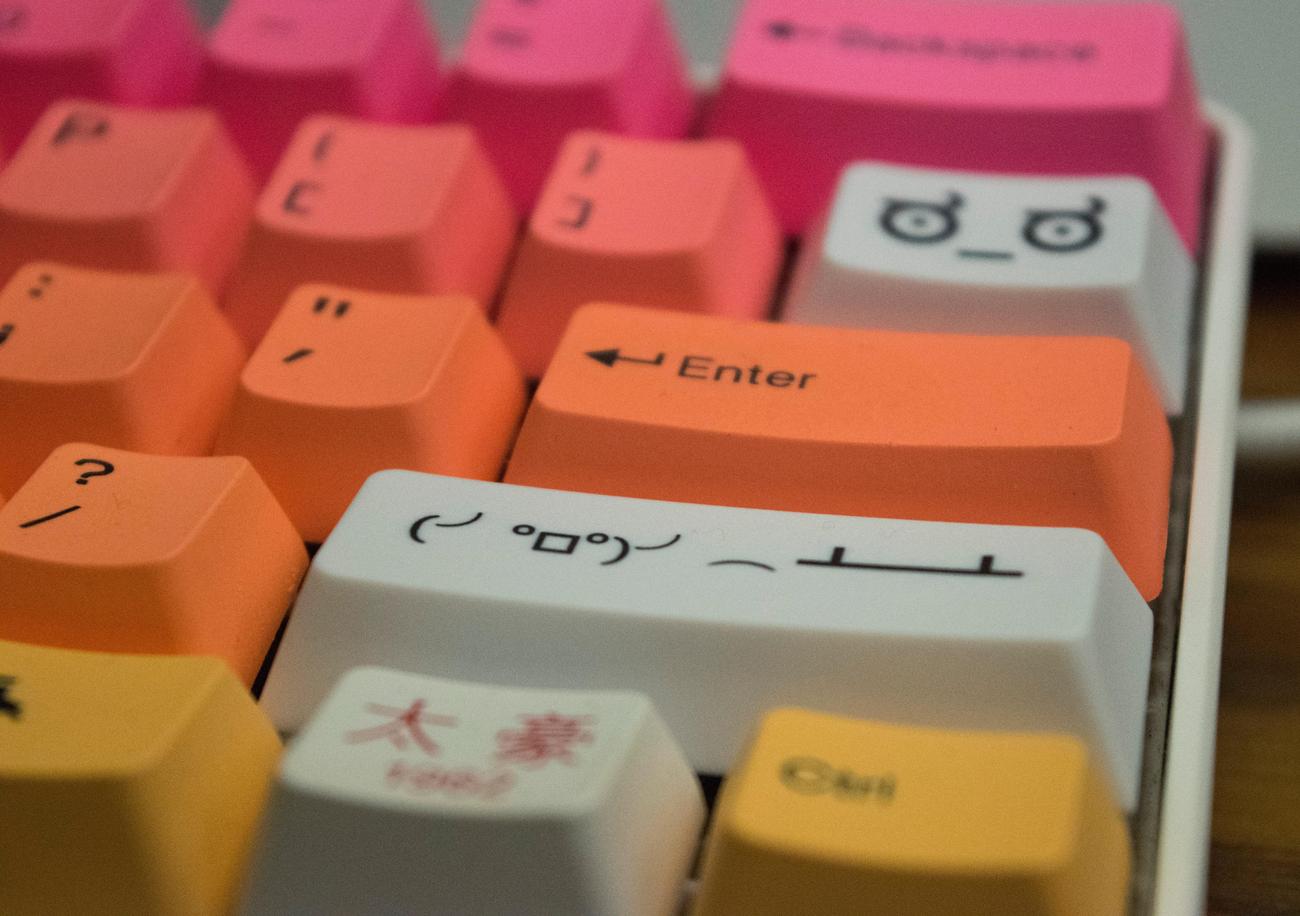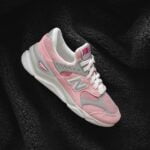Uncovering the Origins: How Flip Flops Earned Their Name

Welcome to a fascinating exploration into the etymology of flip flops, where we delve into the captivating backstory of how these beloved footwear earned their distinctive moniker. From sandy beaches to bustling city streets, flip flops have become synonymous with casual comfort and carefree style. But have you ever wondered about the origins of their unique name? In this article, we will embark on a journey through history, tracing the evolution of flip flops’ nomenclature from their functional beginnings to their current status as a cultural icon. Prepare to be captivated by the intriguing stories and surprising discoveries that lie behind the name of this ubiquitous footwear.
How did flip flops get their name?
You may have never given much thought to the name of your favorite summertime footwear, but have you ever wondered how flip flops earned their distinctive moniker? The story behind the name is actually quite fascinating and takes us on a journey through history and language.
Originally, these casual sandals were called “thongs” because of the single piece of material that passed between the toes. However, in the 1960s, a new term emerged that perfectly captured the essence of these shoes. “Flip-flops” became the popular name for these sandals, inspired by the sound they make when walking. The onomatopoeic nature of this name, where the word evokes the sound it represents, added a playful touch to their identity.
Imagine strolling along the sandy shores or walking by the poolside, and with each step, you hear the satisfying sound of your flip flops lightly slapping against the ground. It’s as if your shoes are eloquently saying “flip” and “flop” with every movement. This catchy name became a perfect embodiment of the casual, carefree vibe these sandals often represent.
However, it wasn’t until 1966 that the name “flip-flops” officially became the standard term for these beloved shoes. It was during this year that a particular manufacturer began selling this style of sandal under the “flip-flop” name, solidifying its place in footwear history.
In essence, the journey of how flip flops got their name is a testament to the power of language and the creativity that can be found in something as seemingly simple as naming a pair of shoes. From the original “thongs” to the iconic “flip-flops,” these names reflect the style and character of this timeless footwear.
So the next time you slip your feet into your trusty flip flops, take a moment to appreciate the evolution of their name. It’s a small yet significant part of the cultural tapestry that surrounds these versatile sandals.
But don’t just take my word for it, put on your favorite pair of flip flops and listen to the delightful “flip” and “flop” of each step. Allow yourself to be transported to sun-soaked beaches and lazy summer days, all thanks to the whimsical name that accompanies these beloved shoes. Concluding:
“The journey of how flip flops got their name is a testament to the power of language and the creativity that can be found in something as seemingly simple as naming a pair of shoes.”
Flip flops are not just a simple footwear choice; they hold a world of fun facts waiting to be explored. From their humble origins as casual beach footwear to becoming a staple in many people’s summer wardrobe, flip flops have certainly made a name for themselves. Did you know that in Brazil, flip flops are so popular that they even have their own day of celebration? Discover more fascinating facts about flip flops that will amaze and entertain you by clicking here: fun facts about flip flops.
wear flip-flops is when I’m lounging by the pool or enjoying a day at the beach. They provide a comfortable and casual option for those laid-back moments. However, when it comes to cultivating a classic look, flip-flops may not be the best choice. In that case, there are alternatives that can still give you that beach-appropriate style.
[youtube v=”Y1Zoi0nob6c”]
One option is leather sandals, similar to what Sean Connery wore as James Bond in the 1965 film “Thunderball”. These sandals offer the same airiness as flip-flops but with a more secure fit and more classical lines. They provide a stylish and timeless choice for those beach occasions.
Another alternative is espadrilles, also seen on Sean Connery in “Thunderball”. Espadrilles offer a more formal and substantive look compared to flip-flops. They can elevate your beach style while still providing the comfort and ease of a casual shoe.
Now, despite the growing popularity of flip-flops in menswear and even their presence in luxury brands, they may not be suitable for every occasion. If you’re looking to maintain a classic style, there are a few factors to consider. Firstly, flip-flops lack the support that more structured shoes provide, which can lead to physical discomfort for some individuals. Additionally, the lightweight design and explosive ventilation of flip-flops, although perceived as comfortable, may not be the best choice for all-day wear.
Furthermore, the increasing popularity of flip-flops can be attributed to the overall casualization of menswear. As workplaces became more accepting of casual attire, flip-flops found their way into the workplace as well.
Lastly, the desire to showcase a fit and athletic physique may also contribute to the popularity of flip-flops. This desire, coupled with the exposure of more skin that flip-flops provide, appeals to those who have invested in health-conscious living and regular gym sessions.
In conclusion, flip-flops have come a long way from their origins as cheap and disposable beach accessories. While they have found a place in contemporary menswear, it is important to consider the occasion and overall style goals when deciding whether to wear flip-flops. For classic style enthusiasts, there are alternative options such as leather sandals and espadrilles that can provide a more suitable and stylish choice for beach occasions.

FAQ
Q: What were flip-flops originally called?
A: Flip-flops were originally called “thongs” after the piece between the toes.
Q: How did the term “flip-flops” come into use?
A: The term “flip-flops” came into use in the 1960s based on the sound they make when walking.
Q: What is the significance of the name “flip-flop”?
A: The name “flip-flop” is an example of onomatopoeia, where a word or thing’s name comes from the sound it makes.
Q: When did the name officially change to “flip-flops”?
A: The name officially changed to “flip-flops” when a manufacturer started selling that style of sandal in 1966.
Q: What is the article about?
A: The article is about uncovering the origins of how flip flops earned their distinctive name.
- The War I Finally Won: Ada’s WWII Journey of Healing - April 19, 2025
- How the Telephone Revolutionized Business: A Historical Perspective - April 19, 2025
- Understand bone yellow: Colorism’s impact on Black communities - April 19, 2025
















